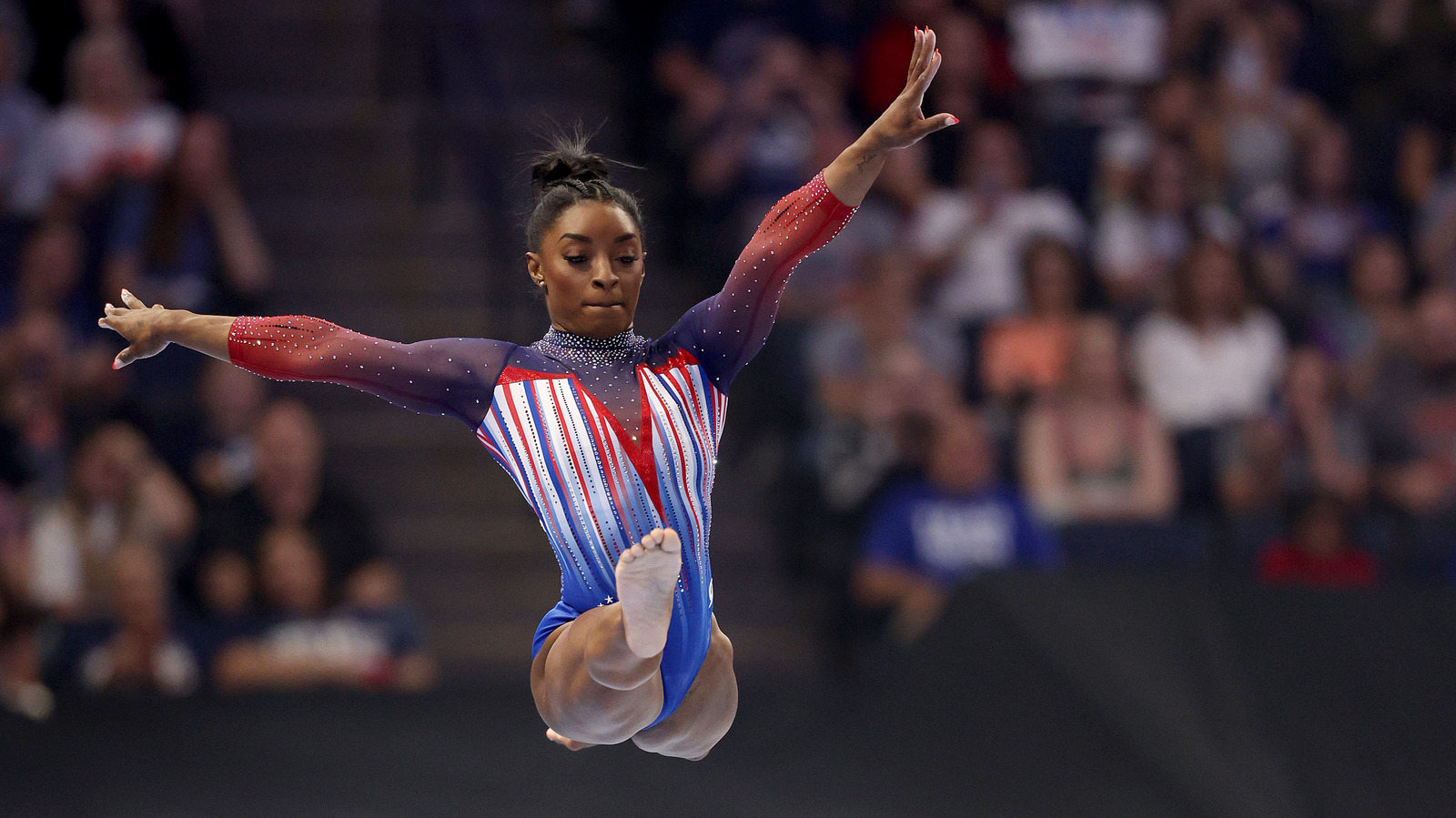
Simone Biles oftentimes presents a serious quandary for gymnastics judges. She is so frequently in such a stratospheric realm of excellence that it can be difficult to judge her work in relation to others who, despite years of training and dedication, can’t take the title away from Biles (who nonetheless is human and had to pull out of the 2021 Olympic team finals due to stress-related performance issues).
More specifically, Biles has attempted moves so heinously difficult that some adjudicators have felt the need to underscore her work. Take her August 2019 performance in the U.S. National Championships, where she completed not one, but two incredibly complicated moves. The first, now known as the Biles II, garnered a difficulty rating of J (currently the highest such rating, as per the FIG). Yet it came as a surprise that another move, known as the Biles, was given a difficulty of H. The justification, according to FIG officials, was that giving it a more valuable difficulty score could encourage less-able gymnasts to attempt the move and risk serious injury — and Biles’ vaults really can be that dangerous.
But critics have wondered if this is really meant to keep other gymnasts safe or if it’s a sort of sour-grapes reaction to ultra-talented athletes like Biles. In other words, if Biles often utterly blasts the competition out of the water, perhaps the judges were motivated to level the playing field, fairly or not, via new rules.









